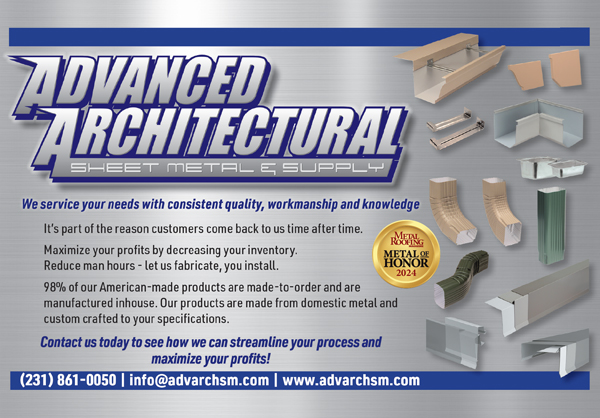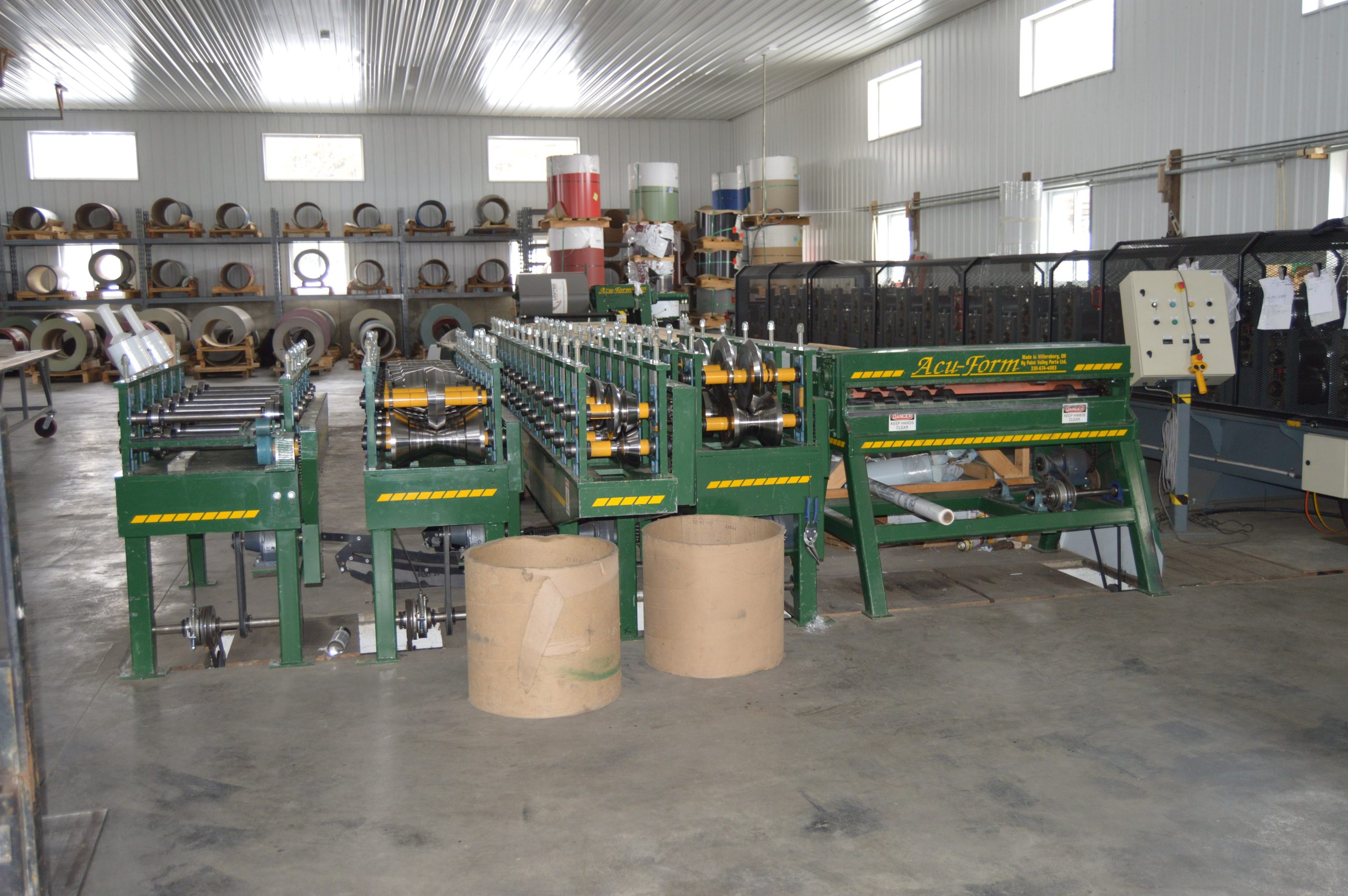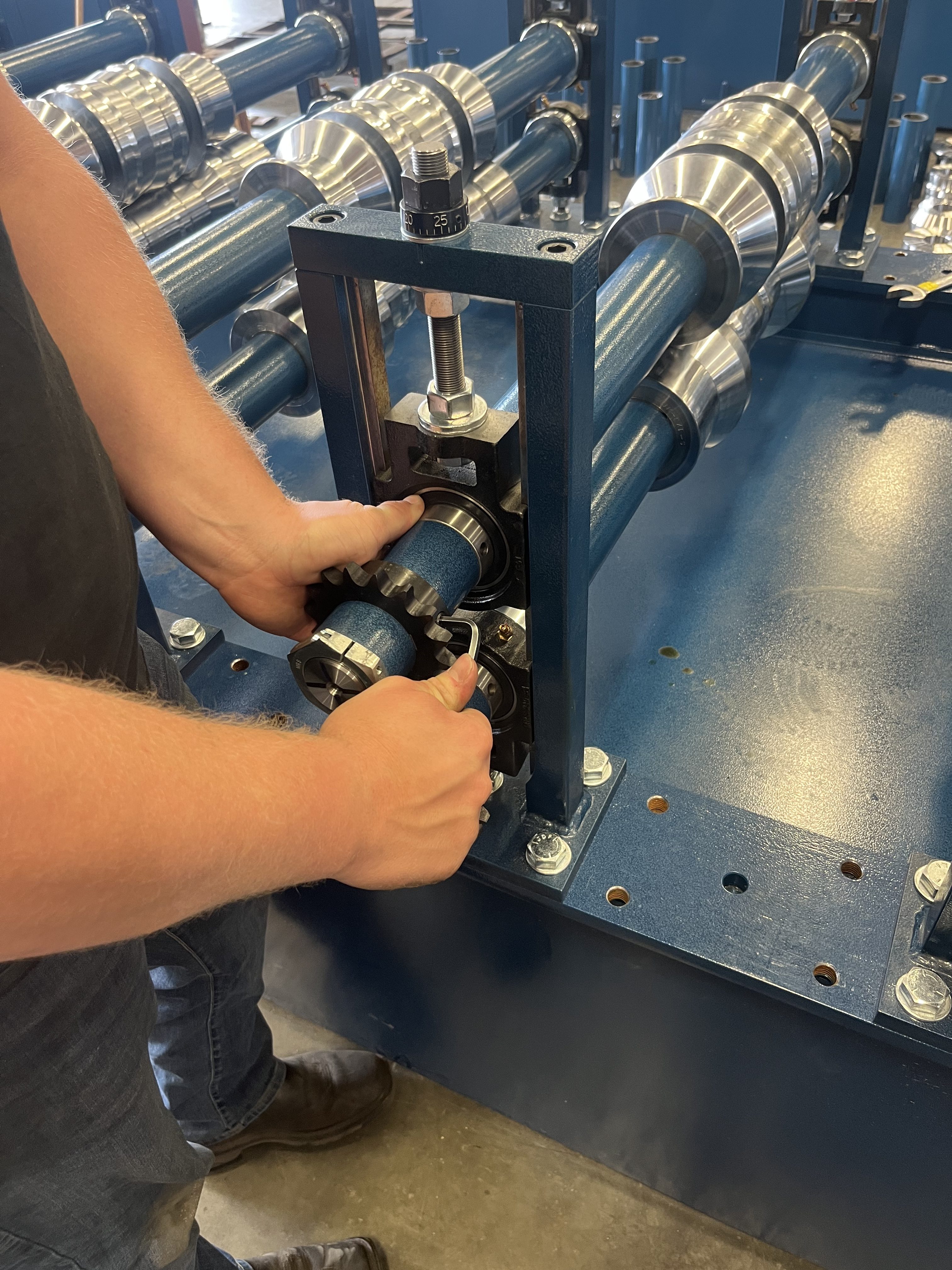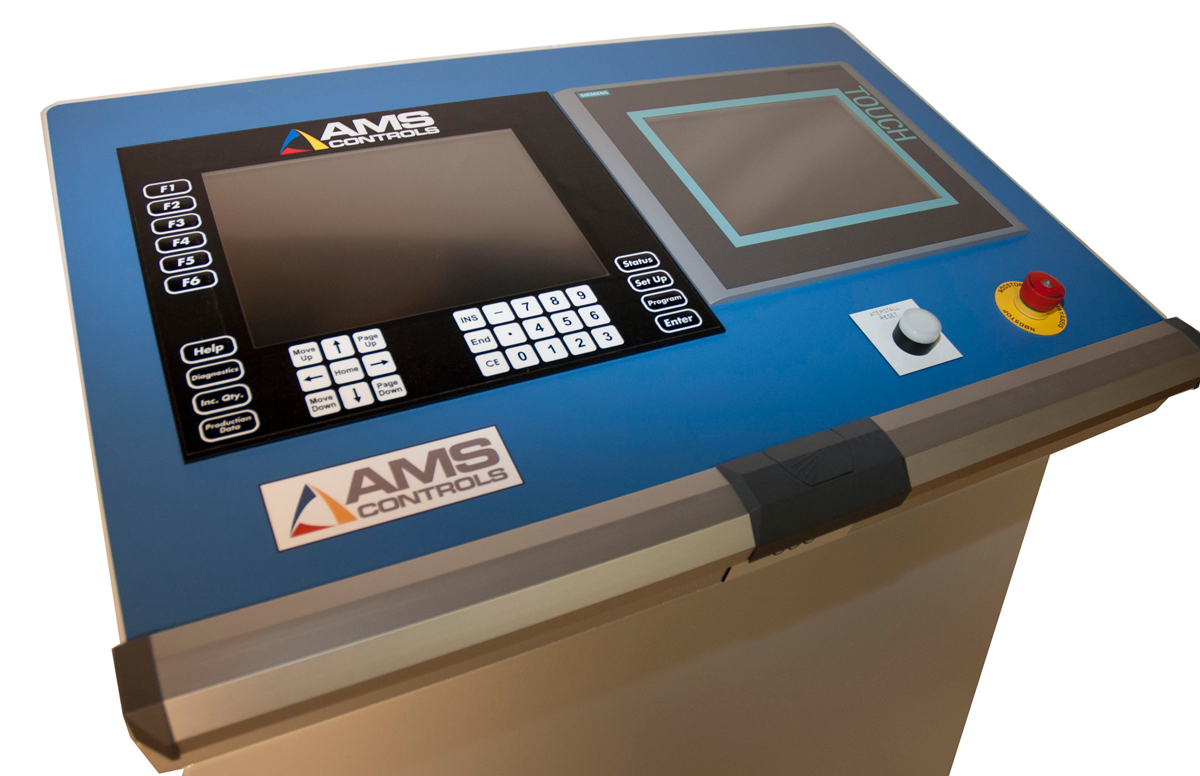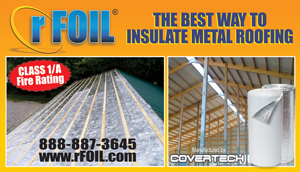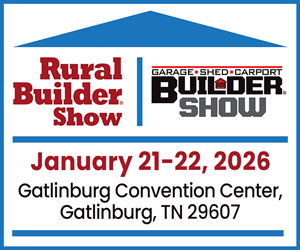Shield Wall Media completed the 2022 State of the Industry Survey. One result stood out as unique. Across almost all market segments, companies are expanding to add metal forming and roll forming equipment.
All respondents:
27% were adding equipment
Metal roofers:
32% were adding equipment
Post-frame builders:
26% were adding equipment
Metal building builders:
37% were adding equipment
Manufacturers, dealers or distributors: 43% were adding equipment
Rollforming Magazine subscribers: 43% were adding equipment.
All of the above face two questions:
What machine should I buy? and
How should I buy it?
Businesses purchase capital equipment one of three ways: cash, leasing or debt financing. The question of “What machine?” needs to be addressed before the decision of how to buy.
A primary component of “What machine?” is determining the relationship between cost and value. Often, used equipment presents as the best option because of the apparent lower cost. The challenge comes when determining the actual cost in the real world. All equipment has a cost today and a cost over the useable life of the piece. To make a fair and realistic comparison, a buyer must include both the up-front and deferred costs of the equipment.
New Machines
A new machine is a machine purchased directly from the manufacturer. New machines have several benefits included as part of the up-front cost or investment.
• Factory warranty & support
• Equipment designed for your application and profile
• Components designed to work together for maximum efficiency
• Can be designed for future expansion of profiles and capacity
• Latest design and technology
Used Machines
Used machines pose a number of unknowns and can be subject to a great deal of variability. This variability comes from the specifics of both the seller and the individual machine. The first step to generate a fair comparison is determining exactly what you are buying.
When considering used equipment, ask a lot of questions and have an experienced technician examine the machine and verify the condition. Some questions involve logistics and some the machine itself.
• Who moves and installs the equipment?
• Who is responsible for any damage sustained in transit or extraction/ installation?
• What is included? Does the purchase include uncoiler, shear or controller?
• Is the manufacturer still in business?
• What is the manufacturer’s position on support (free/ paid/ not available)?
• Is the line under power?
• Do all components function the way that they should?
• Does the line run proper sheets with consistent lengths?
• Do the top and bottom die profiles mirror each other or are there gaps/inconsistencies?
• Is there damage to the chrome? Have the dies “crashed”? (Signs of crashing: rough surfaces, rusting or pitting.)
• Does the panel look good and lay flat?
• Does the panel measure correctly, overall coverage, rib to rib, rib height?
• Is the panel consistent head to tail?
• Does the panel lap and seal well?
Creating a Comparison
To compare, create an estimate of the total expenditures over an assumed useable lifespan for the piece. A good guideline is the length of the depreciation schedule. For the sake of the article we will assume 5 years.
Calculating the total investment over 5 years, for a new machine is relatively uncomplicated. The proposal will include freight and installation expenses. The warranty covers defects and if there is a maintenance schedule the fees are obvious.
For a comparison we will look at one new unit and compare it with four used equipment options. The items included in the lifecycle cost are:
• Equipment Cost
• Rigging Cost
• Freight
• Set up
• Repair and retooling costs.
The example shown is a comparison between:
A 2001 MRS Signature II. 3/4” AG panel and 1 1/4” R panel. Single Batch Controls. Single Station Decoiler
A 1995 Bradbury 420DH. 1 1/4” R panel and AVN panel. Multi Batch Controls. No Uncoiler.
A [year unknown] Griffin. ¾” AG panel. Controls, unknown. Uncoiler, unknown
A 1995 ASC – CAS. 1 1/4” R panel. Multi Batch Controls. 20,000 pound uncoiler
As the examples demonstrate, the repair and retool aspect represents a huge unknown and can drastically affect the value of the machine. This is why thoroughly evaluating any used equipment is a critical step in the process.
Other factors including the cost of money should be considered if financing the purchase.
The decision of what and how to purchase metal forming equipment can be complicated and includes many moving parts. The ramifications of a good, or not good, purchasing decision will last the lifespan of the machine. The initial research and time prior to a purchase can be the most valuable portion of the investment. RF
The information contained in this article was originally presented by Bill Griffin of Metal Rollforming Systems at the 2022 Construction Rollforming Show.



